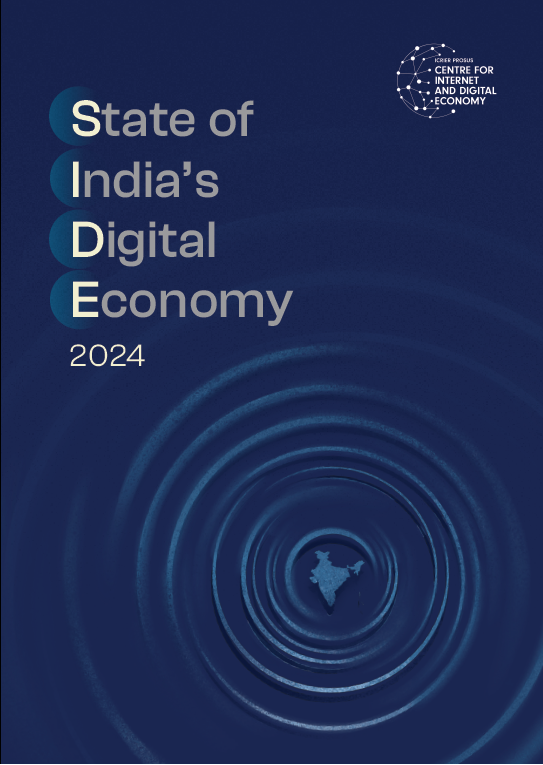
5G networks are being rolled out across the world, and as per the (Global System for Mobile Communications) GSM Association, 198 networks have been deployed in 79 countries. 5G is estimated to account for as many as 1.2 billion connections by 2025, covering almost 26 percent of global connections worldwide. Mobile Network Operators (MNOs) worldwide, are likely to invest over $600 billion between 2022 and 2025 for deploying 5G networks. Soon after the auction of 5G spectrum, Indian MNOs launched their 5G service in October 2022.
Benefits of 5G networks and services will accrue to industry by providing massive machine type communication (mMTC) and realizing the vision of Industry 4.0. On the consumer side, 5G users are expected to provide a fillip to video/ music streaming, consumer IoT applications such as smart homes, gaming and other entertainment services, all enabled by enhanced Mobile Broadband (eMBB). Other changes in applications include deployment of Captive Non-Public Networks (CNPNs) for enterprise use. Along with new use cases, new business models are also being forged between network equipment manufacturers (NEMs), MNOs and cloud service providers. Spectrum management techniques are also adapting to these changes with the introduction of tiered spectrum access, spectrum sensing, etc. It is in this context that our report provides a review of various regulatory issues impacting the telecom sector, including licensing, spectrum management, interconnection, universal service and data governance, to recommend guidelines most suited to this evolving industry scenario.




